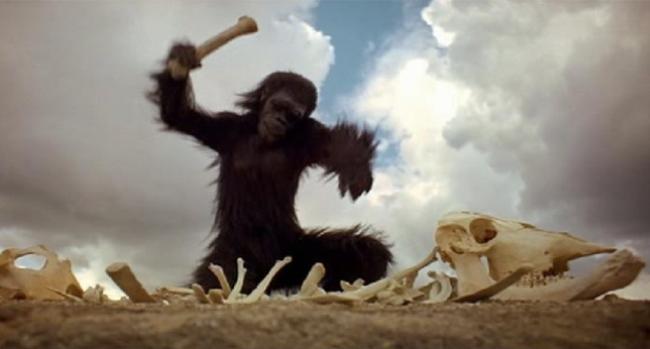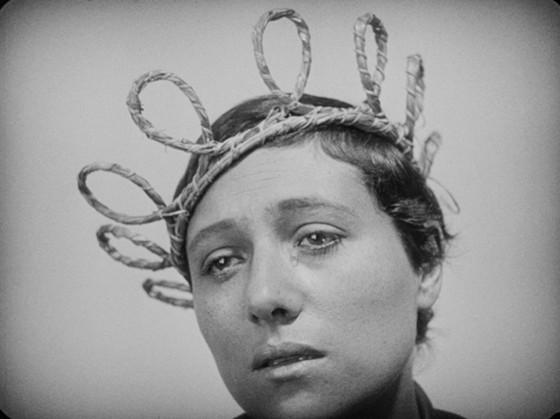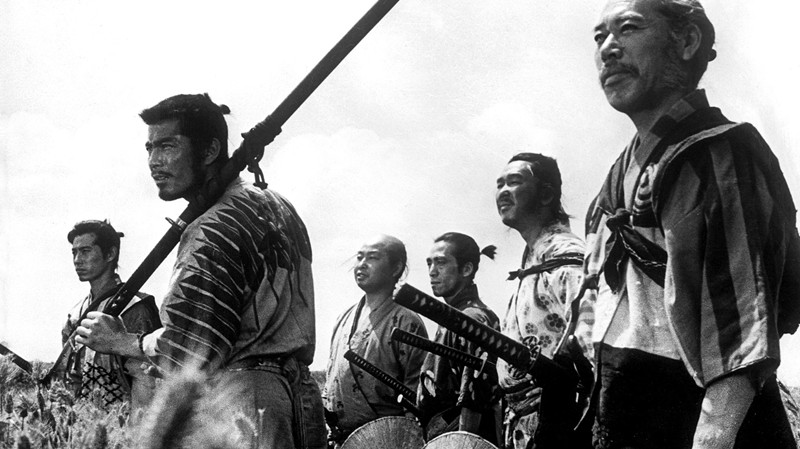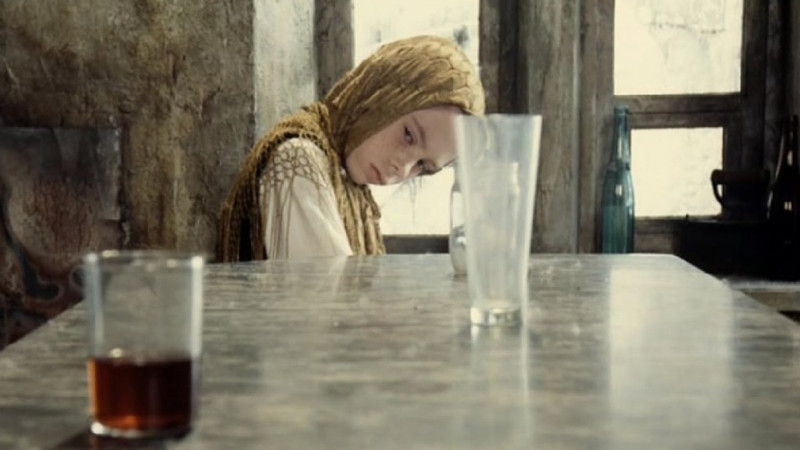
The relatively short history of cinema makes it both challenging and exciting to study. Because film is a fairly modern art form, its repository of instructional material is naturally limited. We have no archaic, impenetrable texts to preserve under lock and key in museums, and though there are schools of film they are mostly first generational.
Most of its sages have died well within the last century, leaving us with clear records of their lives, and little room to create mysterious auras around them. But, cinema also remains a brave new frontier, still ready to promote pioneers to icons. The allure of creating something truly original continues to draw auteurs from all around the world.
Though the amount of cinematic history still to be written is surely more than what has preceded, its current repertoire is still rich. If, as Alexander Pope wrote, “the proper study of mankind is man”, this seems to also apply to the movies. The proper study of cinema is film, and its successes and failures reveal its essential principles.
Though some elements can be taught in a classroom – camera work, lighting, sound – it is the endless creative possibilities of cinema that keep it relevant. Examining and understanding what has worked in the past greatly enhances one’s ability to view films intelligently. Learning truly has no end, but some movie masterpieces can, as representatives of the masses, teach volumes about the art of cinema.
1. 2001: A Space Odyssey

What it can teach us:
1) A film can present a vision as lofty as the whole history and destiny of humankind
Stanley Kubrick and Arthur C. Clarke pulled out all the stops in creating what many believe to be the grandest of all cinematic stories. Not satisfied with making a film simply about space travel or the origins of the human race, they decided to tackle the very nature of what it means to be alive.
Tracing the arc of human existence from the earliest primates to futuristic space explorers, 2001: A Space Odyssey shoots for the moon and lands beyond it. Ending with one of the most iconic and transcendent representations of what humankind can aspire to, this film is the definition of a lofty vision fulfilled.
2) Music used well can lift a movie into the realm of the sublime.
Matching the astral ambitions of 2001’s screenplay are its heavenly musical selections. Among other pieces, “Also Sprach Zarathustra” and “The Blue Danube” by Johann Strauss are forever linked with the images which accompany them in the minds of those who have seen the film. Because there are long stretches of time without any dialogue, the music is an indispensable ingredient of this movie’s recipe for greatness.
At times the ideas expressed seem just beyond the reach of words, but the powerful songs communicate directly with the viewer’s intelligence. Teaching us that music can play one of the lead roles in a movie is something we are especially indebted to 2001: A Space Odyssey for.
2. The Passion of Joan of Arc

What it can teach us:
1) The power of a great silent film does not diminish over time.
Silent films can be difficult to approach for a modern audience. After years of watching movies which rely heavily on overloading the senses with jump cuts and driving soundtracks, a silent film can seem boring or – even worse – pointless. The Passion of Joan of Arc is a good place to start though. With a heroine whose name is known worldwide, we are easily sympathetic to her plight as a wrongly persecuted religious martyr.
As she is mercilessly questioned by a panel of hyper-zealous judges, Joan’s spirit remains strong even as her body weakens. The faces are framed brilliantly, with even the tilt of the camera helping to support the love or loathing we feel for the Joan and her judges. The Passion of Joan of Arc is exciting, engaging, and transcendent; it serves as the perfect example of the timeless power of a great silent film.
2) A movie’s success can ride on a single powerful acting performance.
“You cannot know the history of silent film unless you know the face of Renee Maria Falconetti… To see Falconetti in Dreyer’s ‘The Passion of Joan of Arc’ (1928) is to look into eyes that will never leave you” – so wrote the great critic Roger Ebert is his review of this film. Her performance here is a perfect example of how one person – the right person – can carry a film all on her or his own.
In silent films, a performer’s face must naturally help to convey what words or sound cannot; Falconetti’s acting here is so effective that any sound added would have only diminished it. Portraying a figure as iconic as Joan of Arc, and doing it in a silent film, is a monumental achievement by this actress, recorded for the ages in this moving movie.
3. Seven Samurai

What it can teach us:
1) Entertainment and philosophy can be successfully blended within the same movie.
We all have days when we want a movie to “check out” to – pure entertainment, no thinking required. Then come moods that lure us to movies sure to give us headaches from too much thinking. Seven Samurai shows us that we can have both at once. Its story is rich and layered: seven samurai strangers join forces to protect a small farming village from local bandits who periodically pillage their town and steal their crops.
The film masterfully explores the character of each samurai and their interactions with the villagers, while weaving thoughtful discussions and philosophical “art of war” style planning into the mix. Neither the entertainment nor the philosophy suffers from coexistence, and Seven Samurai stands as one of the seminal film-watching experiences of all time.
2) An ensemble cast can share the screen and become more than the sum of its parts.
Seven Samurai wasn’t the first movie to use an all-star cast, but it certainly was one of the most effective. Throw a bunch of famous actors in front of a camera together, and anything could happen – they could hate each other; one or more could deliberately try to steal scenes; or their creative drives could clash with the director’s, leading to chaos. But in this film, nothing of the sort happens.
When each character’s individual story is told, the actors have their time to shine; but when it’s time to work together, the chemistry is magical. The effectiveness of Seven Samurai is truly amplified by its cast of stars.
4. Stalker

What it can teach us:
1) A film’ can serve as an intellectual exercise, and even a spiritual experience.
If any film is designed to throw the viewer back on his or her own resources, it’s Stalker. A slow, contemplative work, Stalker is never didactic about what it wants its audience to learn; it seems to spell out only the minimum that we need to know for us to begin our own journey toward understanding its message. But its use of archetypal images and words spark our imaginations, and the result is mesmerizing.
Like the experience of each person who receives wish fulfillment in the mysterious “room”, what is learned from this great film can be as individual and personal as the person watching it.
2) Easy answers and explanations are not required to make a great movie.
Exposition in a film can range from subtle to glaring – and then there’s Stalker. When two men, a writer and a professor, decide to go into a hermetic region simply called “the Zone”, they approach a “Stalker” who specializes in taking people there. It’s a dangerous trip, although we’re never quite clear about what exactly can go wrong; the Zone likes to play tricks on people, but we’re never told how or why.
At the end of the journey awaits a room where one’s most secret desire is promised to come true. Is this science fiction or a metaphor? Are we to take it literally or symbolically? Like the characters, we may find that our inmost wishes are revealed in the way we understand this powerful film.
5. Persona

What it can teach us:
1) The human face can be one of the greatest cinematic subjects.
Ingmar Bergman, the writer and director of Persona said “For me, the human face is the most important subject of the cinema,” and this film is one of the best executions of his premise. Bergman’s camera loves to linger on the faces of the actresses in this movie, and he demonstrates his mastery of filming the same visage in ways that never seem repetitive or boring.
By dwelling on a face for the duration of a conversation, subtle expressions and emotions are revealed which would not have been apparent in passing. In Persona, the final iconic shot of the two faces merging into one carries the message of the entire story, told one close-up at a time.
2) Dialogue can become the magic ingredient which defines a film.
The dialogue of Persona serves as the catalyst for much of the film. Long conversations are filmed with the unblinking eye of the camera dwelling at some times on the speaker, and at others on the listener. Naturally, the words spoken must carry a special weight for this technique to work effectively, and the screenplay of Persona holds us captive.
The stillness of the camera amid the flow of words provides a meditative mood in which our minds are especially sensitive to what is heard. One false note in the dialogue could have wrecked this film, but Persona remains today a landmark along the road of essential films.